Oh my Satoshi
Timeline
31 October, 2008
Bitcoin Whitepaper
The Bitcoin Whitepaper is published by Satoshi Nakamoto. The whitepaper explains in clear British english, how the Bitcoin system works at a high level, while offering some technical insights also. The Bitcoin whitepaper can be viewed here.
9 January, 2009
Genesis Block
The genesis block is mined by Satoshi Nakamoto. Inscribed within the block, Satoshi quotes the headline of the 2009 The Times paper "Chancellor on brink of second bailout for banks".
Today all forks of Bitcoin, whether Bitcoin Cash, or Segwit, share this common genesis block on their respective Blockchains.
April 2009
Satoshi on Scaling
Satoshi tells Mike Hearn "The existing visa network processes about 15 million Internet purchases a day worldwide. Bitcoin can already scale much larger than that with existing hardware for a fraction of the cost. It never really hits a scale ceiling... By Moore's Law, we can expect hardware speed to be 10 times faster in 5 years and 100 times faster in 10. Even If Bitcoin grows at crazy adoption rates, I think computer speeds will stay ahead of the number of transactions."
Satoshi also mentions that "The fee the market would settle on should be minimal".
4 October, 2010
Re: Increase block size limit
Satoshi provide the following example code for increasing blocksize.
if (blocknumber > 115000)
maxblocksize = largerlimit
Mid 2011
From Satoshi to Gavin
Satoshi Nakamoto hands over control of the source code repository and network alert key to Gavin Andresen, entrusts him to lead the project.
June/July 2011
Satoshi's Departure
Satoshi Nakamoto tells Mike Hearn and Gavin Andresen that he has "moved on to other things", and that "the project is in good hands".
2011 - 2014
Gavin expands the team
Andresen gives commit access to Bitcoin code repository to four individuals, one of which was Greg Maxwell who in particular did not believe transactions should be on-chain.
August 2014
Gavin Andresen steps down
Andresen gives up his lead developer and release manager role of Bitcoin.
November 2014
Blockstream is formed
In 2014 Blockstream is formed and in November, attains first seed round funding of $21m
The founders include CEO Adam Back, CTO Gregory Maxwell and others who have commit access to the code.
Mid 2015
Blocksize debate heats up
With control of the main repository being in the hands of a group who are of the same opinion, early developer Mike Hearn releases Bitcoin XT as an alternative implementation with 8MB blocks.
The community quickly begins accepting this implementation as a majority of nodes start using this client.
Mid 2015
Miners say they want 8MB blocks
A group of chinese miners including F2Pool, BTCChina, Antpool and Huobi state they want 8MB blocks by presenting a signed statement.
June 2015
BitcoinXT nodes get attacked
Nodes running the BitcoinXT (pro 8MB blocks) implementation are bombarded with Denial of Service attacks throughout the year.
August 2015
Bitcoin XT continues to receive merciless aggression towards it.
Adam Back calls Bitcoin XT a Coup despite the fact that Bitcoin is an open source project and nobody 'owns' it.
Late 2015
MASS CENSORSHIP - The main communication channels, bitcointalk and r/bitcoin controlled by 'Core' affiliates censor all talk of blocksize.
Moderator theymos openly stated "posts about anything especially emotionally-charged will be deleted unless they introduce some very substantial new ideas about the subject. This includes the max block size debate (any side) and /r/Bitcoin moderation." The topic was closed for discussion. BitcoinXT was labelled an altcoin. Talk of BitcoinXT would result in a ban also. Users flocked to r/btc.
January 2016
Mike Hearn quits
Amidst relentless attacks, censorship and propaganda warfare, Mike Hearn quits, and in a lengthy post, he explains everything wrong with Bitcoin and its hijacked development team.
10 February 2016
Bitcoin Classic unleashed
Bitcoin Classic rises as the next implementation seeking to increase the blocksize, and gains solid ground early on.
February 2016
Hong Kong Agreement
With Bitcoin Classic now threatening to fork with majority consensus, an emergency Hong Kong roundtable meeting is held where key members agreed to Both "Segwit and a 2MB hardfork" enacted by Core. This move heled maintain Core's grip on the code, and helped diffuse the Bitcoin Classic threat
Late 2016
Core drops the 2MB part of the agreement
The community is astonished by the move and its back to the drawing board.
Early 2017
Bitcoin Unlimited Takes turn
With Classic seemingly unable to get ahead, Bitcoin Unlimited release a client with an interesting take on blocksize adjustment. Dubbed "emergent consensus", the system allows for miners and the market (rather than developers) to dictate the max blocksize they will accept. This empowerment of miners was seen as a major threat to Blockstream. BU gains very strongly early on.
April 2017
Segwit2x Propaganda is born
Almost like a repeat of the Hong Kong agreement that killed off Bitcoin Classic. A seemingly independant group DCG, manages to gain signatories on a statement that will see the activation of Segwit plus a 2MB hardfork 6 months later. Majority miners, exchanges, and eco-system agree. This immediately has an impact on Bitcoin Unlimited node dominance, and the community largely believes this will all go ahead.
1st August 2017
Segwit forks, but so does Bitcoin Cash
While much of the community anticipated the Segwit fork, only some were aware that Bitcoin Cash would be forking to preserve the original Bitcoin chain, without Segwit, albeit, with an 8MB blocksize increase. Satoshi's Bitcoin is revived.
November 2017
Segwit2x - 2MB part of agreement is cancelled
The Segwit fork was dependant on the agreement that a 2MB hardfork would later be enacted. Slowly but surely, different members began to withdraw their support, and the 2x component of the agreement crumbled. Big blockers were now 100% behind Bitcoin Cash.
2018
Bitcoin Cash gains unprecedented adoption
Within just 6 months, Bitcoin Cash sees unprecedented growth and adoption within its eco-system, as even exchanges and businesses that were seemingly against it originally, move to support it.
and more happening now!
Timeline created by Bitcoin Cash Australia
Source: >http://www.bitcoinbch.com.au/index.php/timeline
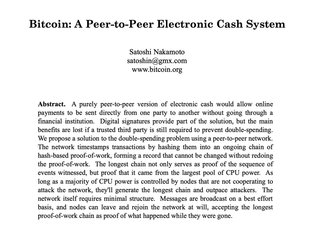
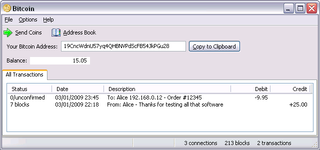
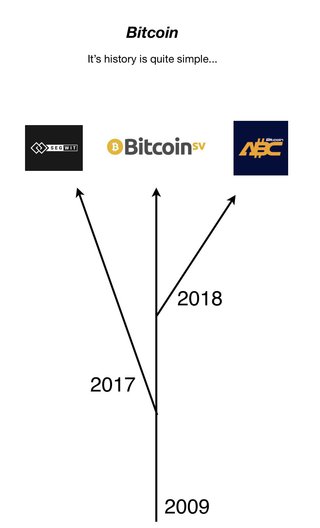
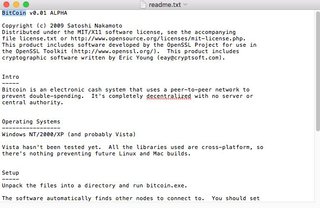


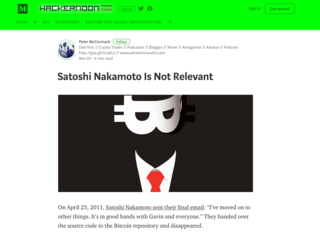
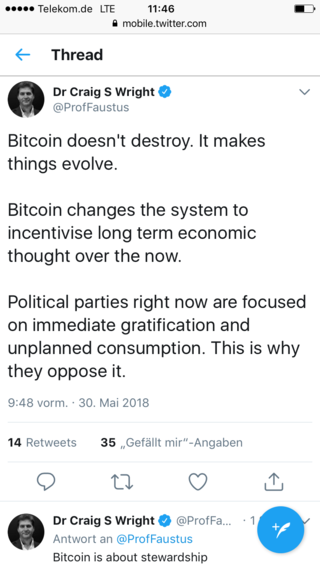

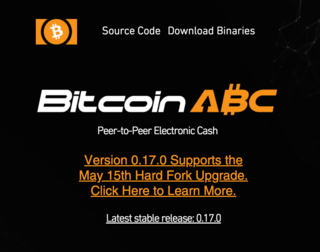
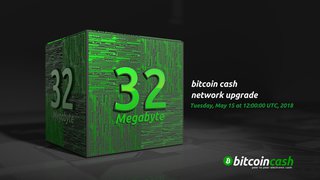

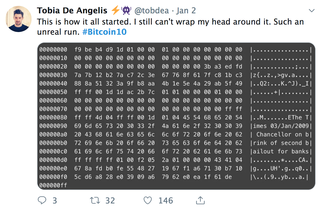

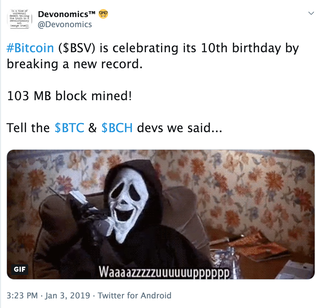




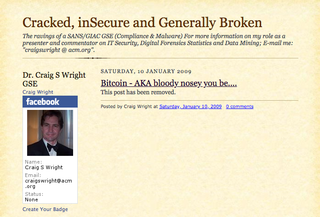
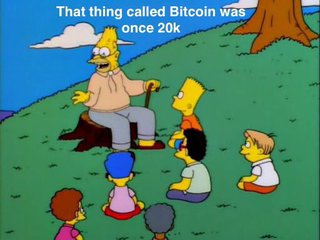
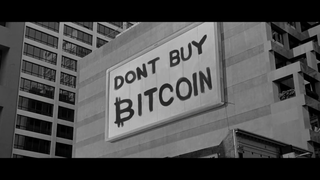
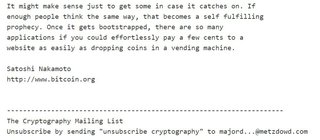
JavaScript is turned off.
Please enable JavaScript to view this site properly.